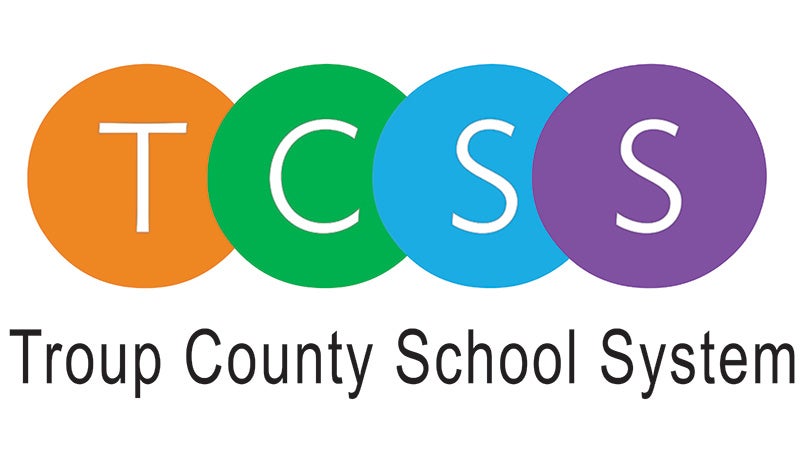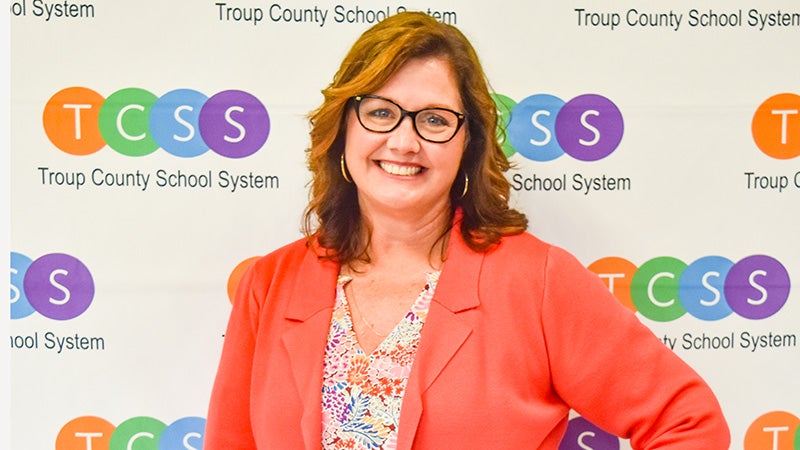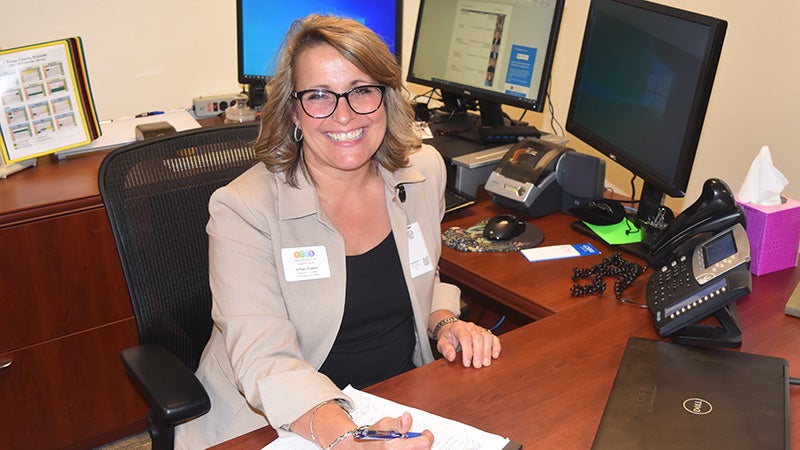Communities in Schools making a difference
Published 5:17 pm Wednesday, January 25, 2017
LaGRANGE- Communities in Schools in Troup County has had an impact on student growth, academic success, culture, and achievement of goals, school officials said recently. The Troup County Board of Education recently was updated by Tabitha Lewis Coverson, executive director of Communities in Schools and Sequita Freeman, chief human resource officer for the school system.
Communities in Schools of Troup County is an affiliate of the nation’s largest stay-in-school network that focuses on the neediest children who need help overcoming difficult barriers in their lives. Communities in Schools is a non-profit organization whose mission is to “surround students with a community of support, empowering them to stay in school and achieve in life,” officials said.
Communities in Schools has been in existence for 40 years and in Troup County for 27 years.
The organization supports students in three tiers.
In Tier 1, services are available to any student (clothing, school supplies, speaking engagements/assemblies, red ribbon week, glasses and other items.) Tier 2 services are targeted towards supporting case managed students dealing with issues such as bullying or gang involvement. Tier 3 service addresses students who are having academic issues, as well as dealing with chronic absenteeism, behavior, lack of basic needs (food, clothes, utilities, hygiene) homelessness, mental and/or physical health and abuse.
“CIS develops a plan specific to the child and their identified needs and services,” said Coverson. “Resources are provided or brokered for the student and often times for the family as well. Students are also linked with mentors and tutors to assist with reaching their goals.”
Communities in Schools is able to provide services to any student who needs it in the Troup County School System. They currently have a site coordinator housed at Long Cane Middle School and are looking to fill the same positions at Callaway Middle School and Gardner Newman Middle School.
“We are taking steps to have a site coordinator at all three high schools as well,” said Coverson. “It is my goal to have a site coordinator available at the school on a daily basis to immediately address the students’ needs to prevent any prolonged disruption from their academics.”
In the update to the school board, Coverson said every 26 seconds a young person is dropping out of school, which equates to more than 1 million per year. In Georgia, it is more than 20,000 students a year. Coverson stated that there was no single reason why students were dropping out of school but pointed to factors like:
- Disengaged from the learning process, bored, excessive absences
- Failure to earn sufficient credits
- Retention
- Poor grades and test scores
- Student mobility
- Lack of parental support
- Disruptive behavior
- Teen pregnancy
To reduce the high number of student dropouts, Communities in Schools have heavily concentrated on available programming like: mentoring, tutoring, parent involvement, abstinence programs, mental health counseling, case management, job shadowing, career mentoring, experimental learning, whole school model, teen parent programs, field trips, cultural enrichment, life skills training, service learning, conflict resolution, anger management and summer camps.
Statistics show that these programing options that CIS holds for students have improved their overall academic success. In Georgia, during the 2015-2016 academic year, students receiving CIS supports had a 97 percent academic promotion rate and an 89 percent graduation rate.
“We would like to see those numbers be even higher here in Troup County,” said Coverson. “Our approach and model is evidence based and those students with identified barriers that receive continuous support, especially during those transition years, sixth and ninth grade, have been proven to be more successful than without them.”
What makes the Communities in Schools model successful hinges on four key components, officials said:
- Presence of a Site Coordinator: Site coordinators are able to stabilize students and keep them on the right track moving forward.
- Strong Business Practices and Support: Sound business practices and needed support translate into stable and sustained delivery of integrated student support services to better student outcomes.
- It is Cost–Effective: The average cost for a year is $700 to support a student who receives sustained case-managed services.
- Emphasizes Relationships: Experience with disconnected youth – healthy relationships with caring adults are more important than programs.
“The school system does a great job educating our students,” said Coverson. “CIS helps eliminate those barriers that would otherwise prevent them from taking full advantage of the available learning opportunities. Ideally, I would like to have CIS in all schools so students and their families will have access to the needed supports, even during the early learning years.”
Shirttail- Reach James Simpson II at 706-884-7311, ext. 2155, or by email at james.simpson@lagrangenews.com






